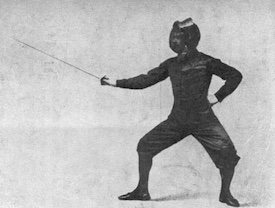There are roughly 50 different decibel scales, however we only refer to about 5 of them here (as many of the others are for measuring other things, such as radio or radar power). Most commonly we use only 2 of the dB scales though: dB SPL (sound pressure level) for measuring acoustic sound waves and dBFS (digital Full Scale) for measuring the level of digital audio. We often just say “dB” though because it’s usually obvious which scale we’re talking about from the context.
Typically the analogue, power and acoustic dB scales do not start at zero, zero is just a defined reference point. So for example 0dBm is referenced to 1mW into 600Ohm impedance but you can of course have less than 1mW. The dB SPL scale effectively starts at about -23dB SPL but 0dB is referenced to 20 microPascals, roughly the threshold of human hearing at 1kHz (given near ideal conditions). This isn’t the case with the digital audio dBFS scale though, you can’t have higher than 0dBFS (in practice).
You stated a 20dB level for rustling leaves (we’ll ignore the fact this would only be true under specific conditions), what you actually meant was 20dB SPL, because the context is acoustic sound and you can’t have 20dBFS any way. Nearly always here, if you see a negative dB value then it’s a pretty safe bet we’re talking about the dBFS scale.
Although we covered it here years ago: If 0dBFS were the sound level of a truck driving past at 50mph from ~3m away, then the sound at -144dB (the limit of 24bit audio) would be roughly the sound level of 2 hydrogen atoms colliding. Although that’s just theoretically, because it wouldn’t actually produce sound, not enough acoustic energy to propagate a sound wave. Rob Watts claim of hearing -300dBFS would be roughly 100 million times lower in level than the “sound” of 2 hydrogen atoms colliding!
G






















